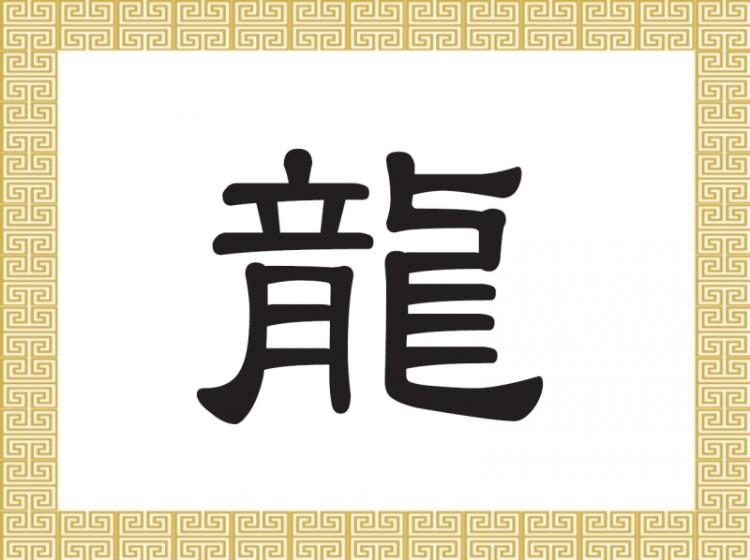The Chinese character for dragon, 龍, pronounced lóng, is separated into two parts: the left symbolizes the dragon’s head, while the right symbolizes the body.
On the top left, ? resembles the dragon’s horn and also symbolizes an emperor’s tall crown, showing great dignity and majesty. In Chinese culture, the emperor is regarded as the True Dragon, Son of Heaven (????). The emperor’s throne is referred to as the Dragon Throne, and the emperor’s gowns are called Dragon Robes.
On the bottom left, ? portrays a large open mouth with two big front teeth inside, looking fierce while indicating the dragon’s ability to affect weather and bring rain.
The character’s right-hand part depicts a long, strong, four-legged body with a tick at the end representing an agile tail. Overall, the character conveys the noble, auspicious qualities of the Chinese dragon as a lively, intelligent, and powerful divine creature.
There are good dragons, evil dragons, and dragon deities among Chinese dragons. Their outward appearances are the same, but they have different colours, including red, yellow, white, black, and black-and-white.
It should also be noted that dragons in Eastern culture differ from the vicious dragons referred to in Western culture that spit an infernal flame.
The Epoch Times publishes in 35 countries and in 20 languages. Subscribe to our e-newsletter.





